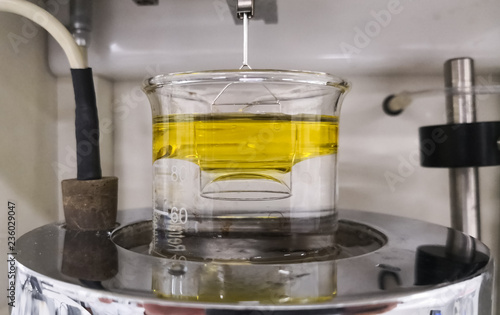
Interfacial Tension Between Two Immiscible Liquids. Surfactants may act as detergents wetting agents emulsifiers foaming agents or dispersants. Due to the non-favourable coordination of atoms on the surface of a material to a large extent the surface forces dictate the properties of a material. In summary a simple model for density depletion of liquid molecules at an interface can describe. Villers D Platten JK.
Interfacial tension however is important in droplet. The same situation also applies at the interface of two immiscible liquids liquids that do not mix together. There is an interface between metal and liquid for example copper metal and aqueous solution of copper sulfate. In the case of an emulsion the surfactants are most often added to the continuous phase. Due to the non-favourable coordination of atoms on the surface of a material to a large extent the surface forces dictate the properties of a material. The interfacial tension of immiscible liquids is an important thennophysical property that is useful in the behavior of liquids both in microgravity Martinez et al 1987 Kani and Mathur 1988 and in enhanced oil recovery processes under normal gravity Slattery 1974.
Interfacial tension between two immiscible liquids can be reduced through addition of surface-active agents surfactants to one of the liquids.
The same situation also applies at the interface of two immiscible liquids liquids that do not mix together. The interfacial tension between two immiscible fluids is of critical importance for understanding many natural phenomena as well as in industrial production processes. The word surfactant is a blend of surface-active agent coined c. Due to the non-favourable coordination of atoms on the surface of a material to a large extent the surface forces dictate the properties of a material. Surface atomsmolecules are surrounded by molecules and atoms having different characteristics and behaviour compared with those of interior molecules. Joseph and Howard H.
